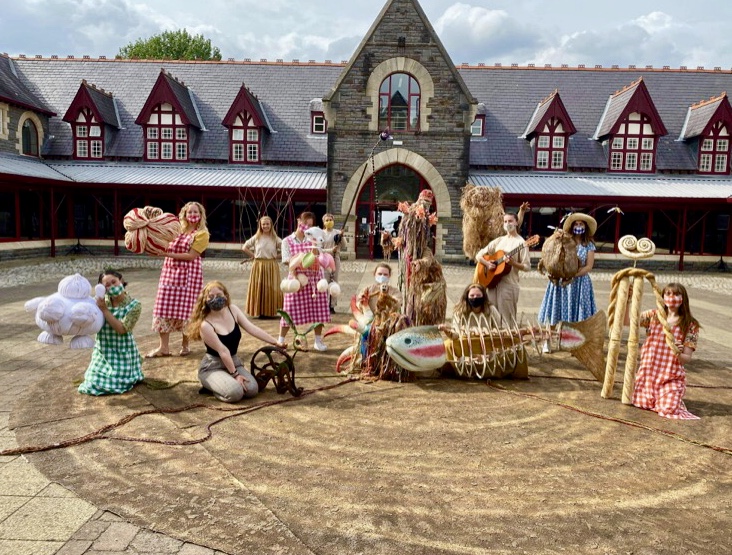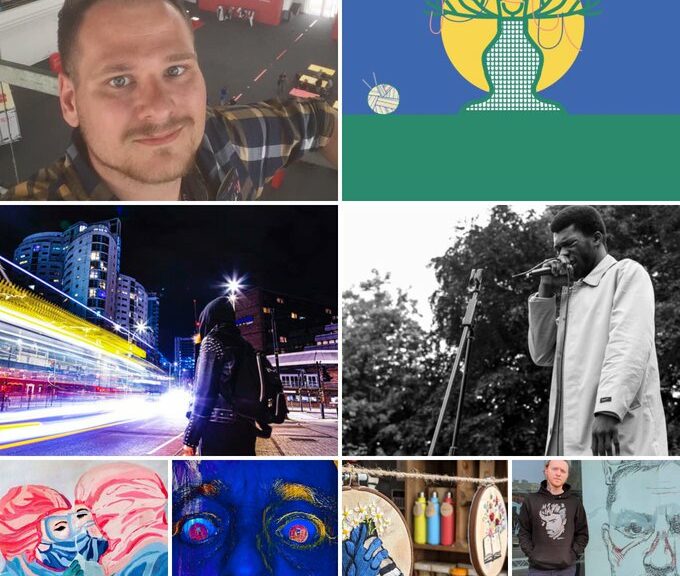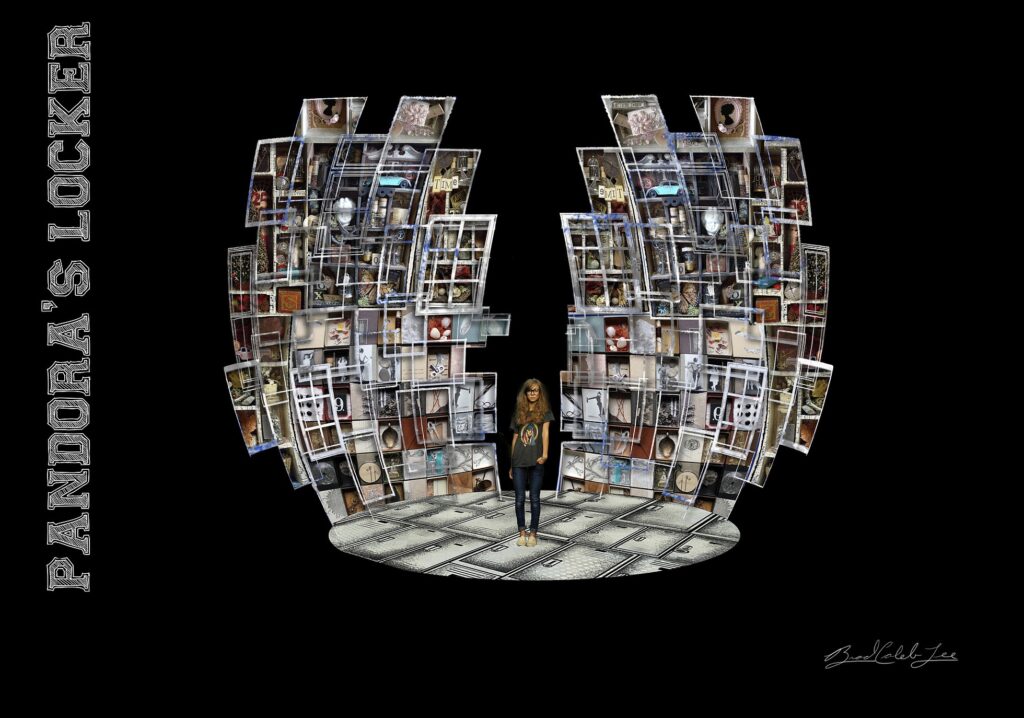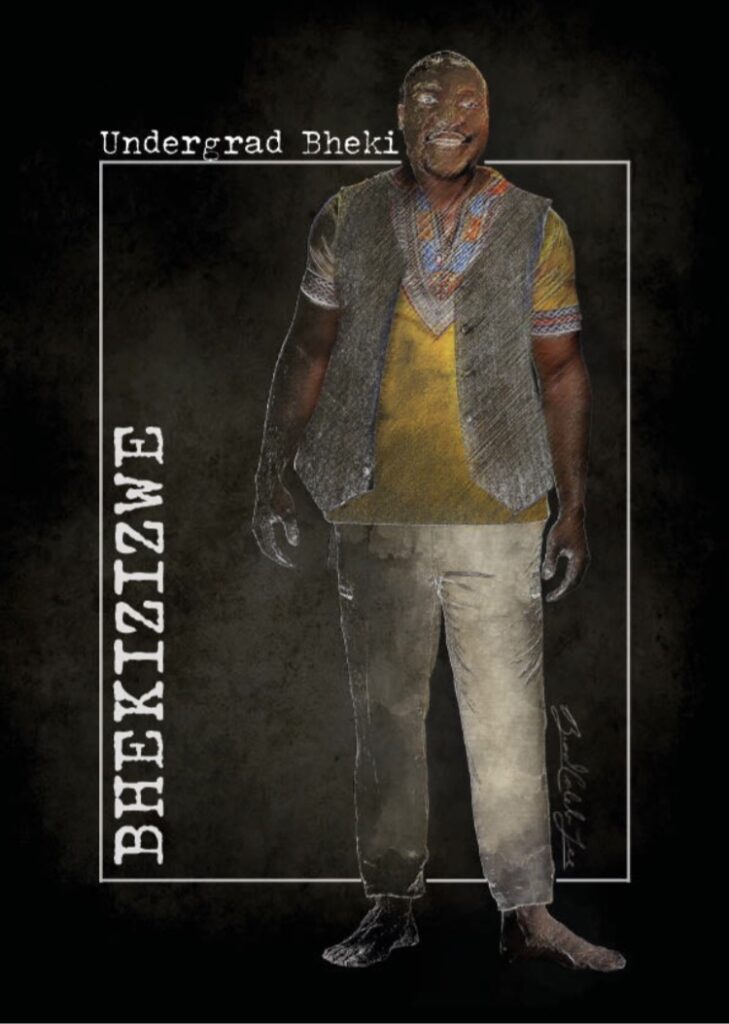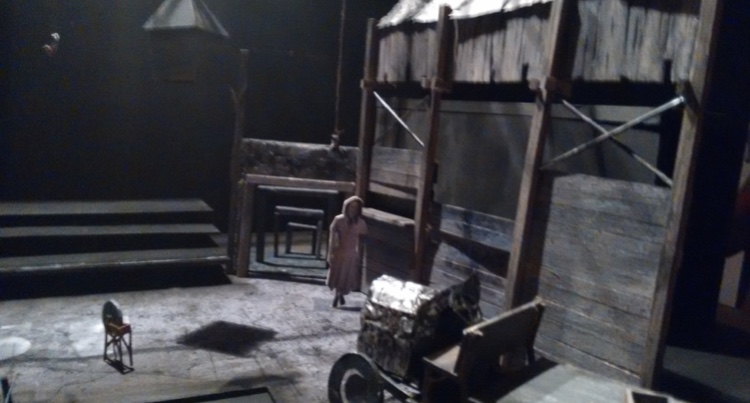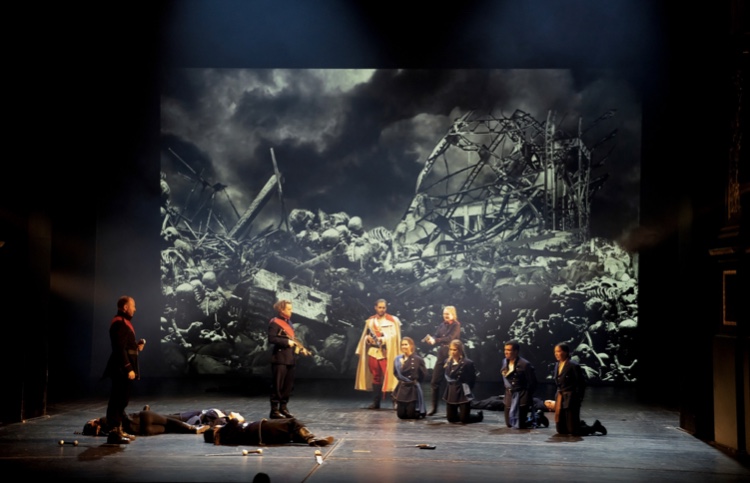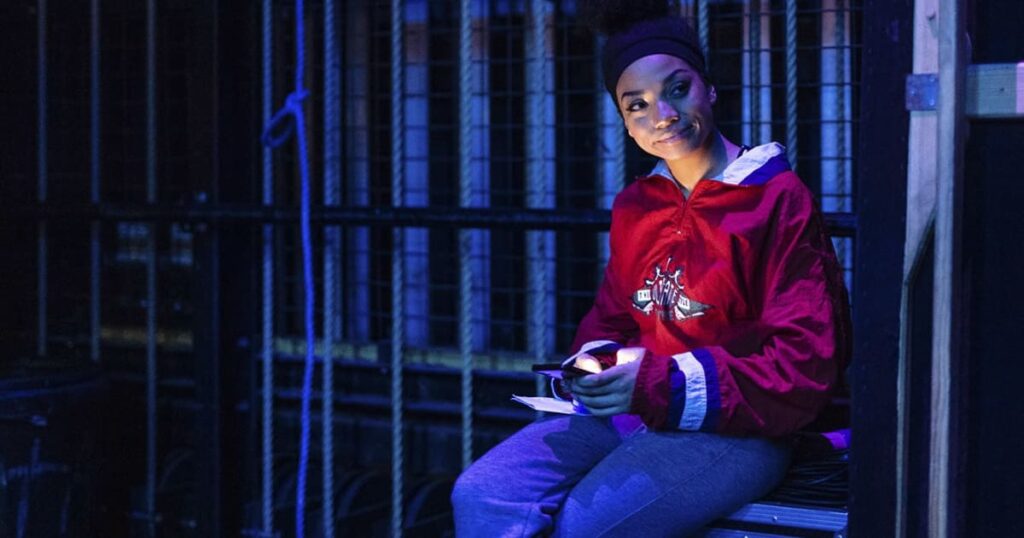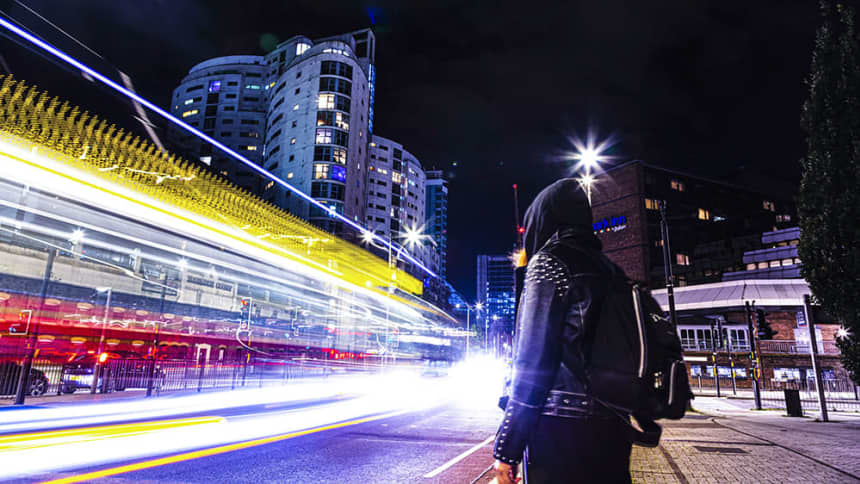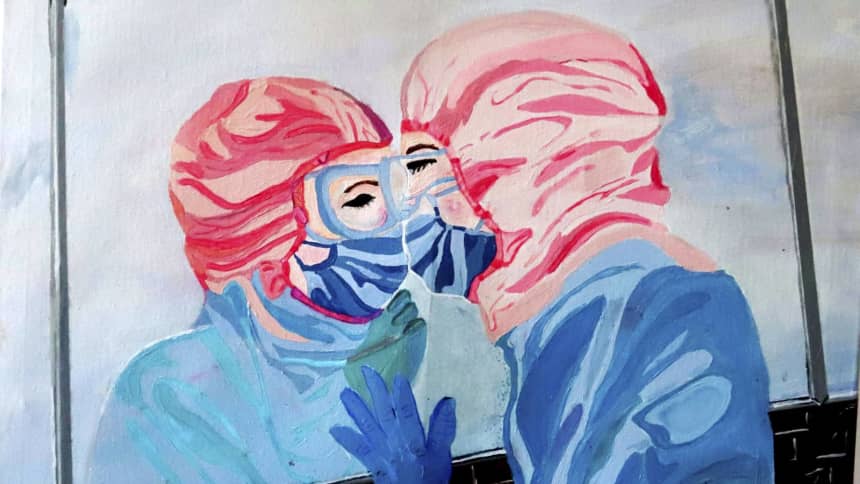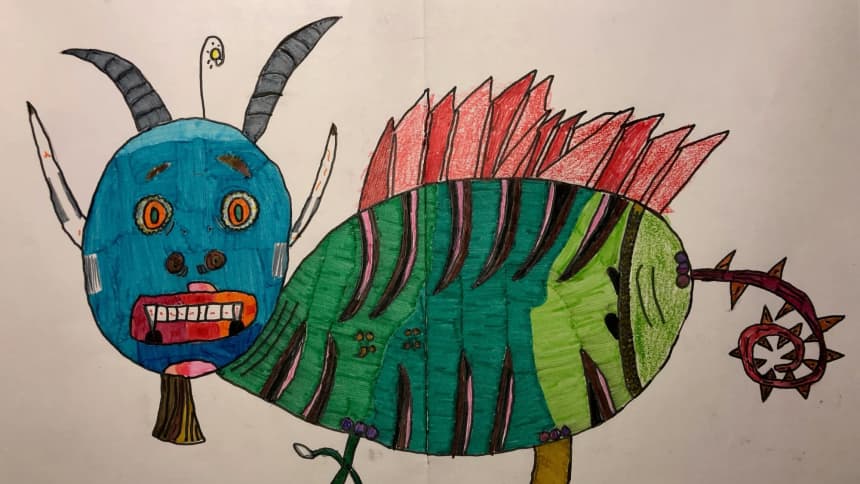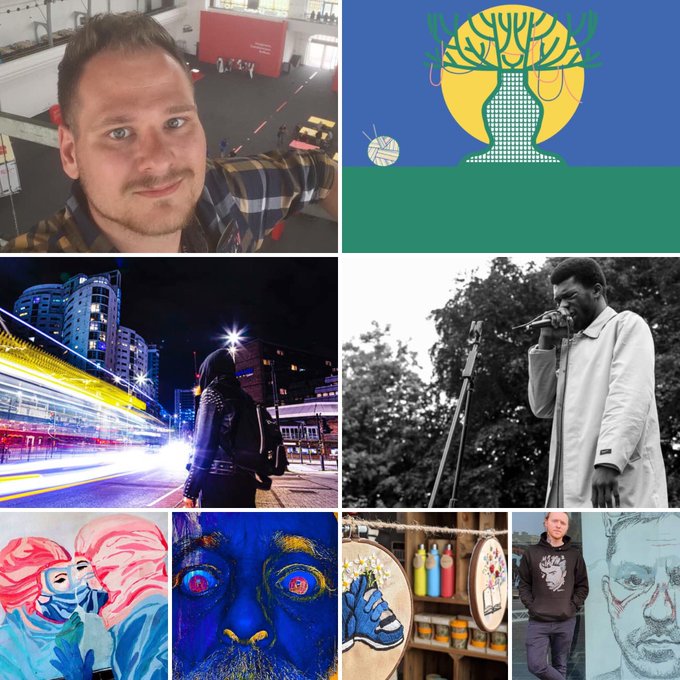
Hi Brad great to meet you, can you give our readers some background information on yourself please?
Hi Guy, it’s great to meet you and be here for the interview and to share some about the exhibition with your readers.
A transplant from Alabama, I’m a visual dramaturge with a diverse practice – from set, costume, and projection design to assistant directing to more management/producing/development roles across a variety of genres, from opera to theatre for young audiences to new and queer works. I am the resident designer for Chicago Fringe Opera; was the program coordinator for Prague Quadrennial 2019; run the online magazine Ascending focused on emerging theatre designers, scenographers, and visual dramaturges; designed the award-winning British pavilion Make/Believe at PQ 2015; and have had work selected for World Stage Design 2017.
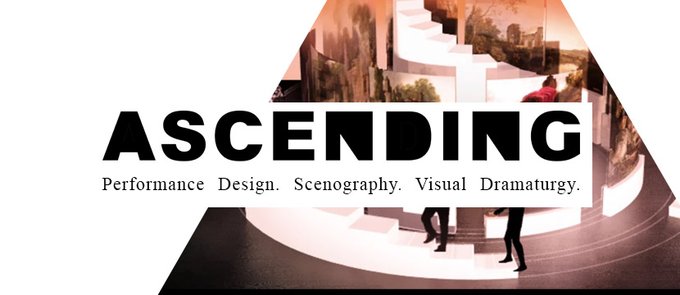
For me theatre is the ultimate art of collaboration – which I define as the exploration of ideas that do not exist until everyone is in the room. Really great theatre (wether narrative, musical, dance, opera, physical, or any other type) thrives on the intersection of a diverse group of people bringing their talents together to create a unique experience for audiences, and I try to always approach my work in that spirit.
What got you interested in the arts?
Originally it was music – I have vivid memories of these concerts on public television with two nested grand pianos playing full orchestral scores, so for most of my childhood I wanted to be a concert pianist. This led into choir and eventually theatre. However, I have always been interested in both the theatre making itself and the wider system, having studied business management and organizational theory at the undergraduate level. I’ve also always had a deep love of literature and history which have fed into theatre, as well as growing up around some great storytellers.
Some examples of Brads work below
You are curating a new exhibition at the Wales Millennium Centre called Your Voice which runs from 22 July – 29 Aug 2021. On the WMC website, the exhibition is described as “During the first lockdown the Wales Millenium Centre invited people of all ages to share their stories and experiences during this challenging time through art. The call out captured the imagination of the nation, and you received hundreds of pieces that responded to lived experiences over the past year – from lockdown to Black Lives Matter, to reclaiming the environment and our hopes for the future. Artworks were sent from all parts of Wales – from Pembrokeshire to Newport, Builth Wells to Caernarfon, and by artists aged 4 to 90 years old. The pieces include paintings, spoken word recordings, digital art, photography, installation, mixed media and film.”

How did you decide what artwork to exhibit and what are your hopes for the project?
Actually we didn’t decide in most cases – that is to say that almost all of the art in the exhibition was submitted through the open call and there was no curation in regards to what was included – everyone who submitted has their piece on display! There are a few pieces which were commissioned from community-based artists and some pieces which have come to the centre through partner organizations or other community groups, but overall the exhibition has emerged from the wide range of work submitted through the “Voices of Change” open call. We have also really striven to treat each of the over 400 individual pieces with real integrity – treating each equally as a wonderful and exciting contribution and having all photographs and digital creations professionally printed.
A selection of artwork from the exhibtion below
What I was charged to do was more curating the experience looking at the visitor’s journey through the building and how the art would all be installed. We looked at a number of approaches and ultimately settled on a series of thematic galleries, which give some sort of narrative frame to each group of works. We have also tried to create a unique one-way journey through the building, which includes all the major public spaces, three different views into the Donald Gordon theatre (including walking through a tech booth), and number of interactive engagement points. I have sought to be inspired by the spaces in the building and to create dynamic conversations between the physical space and the works in being placed in them.
Examples of Brad’ design for the exhibition below
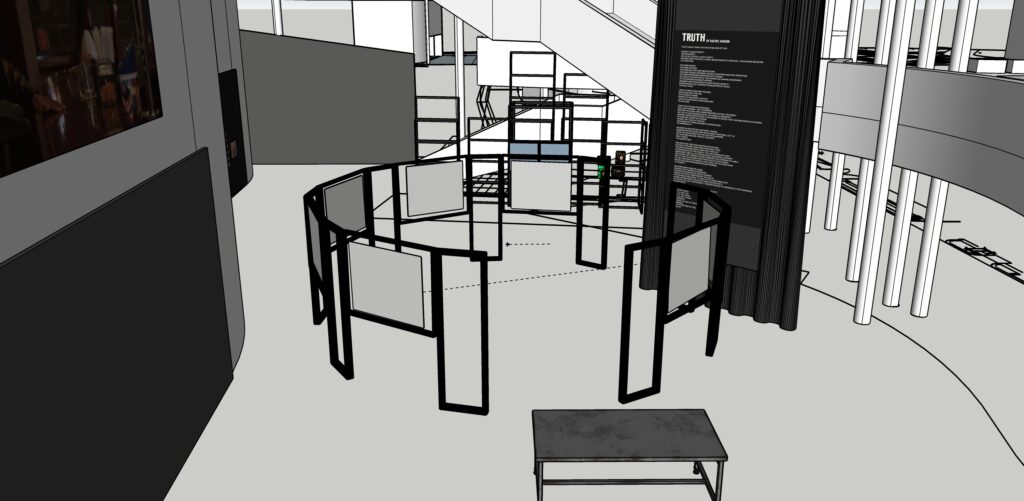

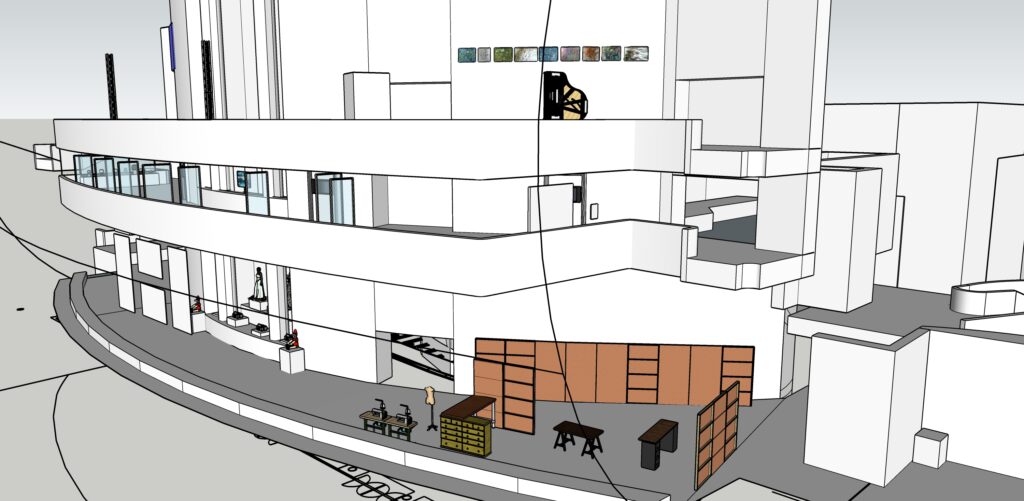
I hope that people get a sense of the diverse communities and groups that not only make up Cardiff but all of Wales and of the creative force that lives here. The exhibition should not only be reflective, but also a real celebration of the creative resilience that has lived on and thrived over the last 18 months.

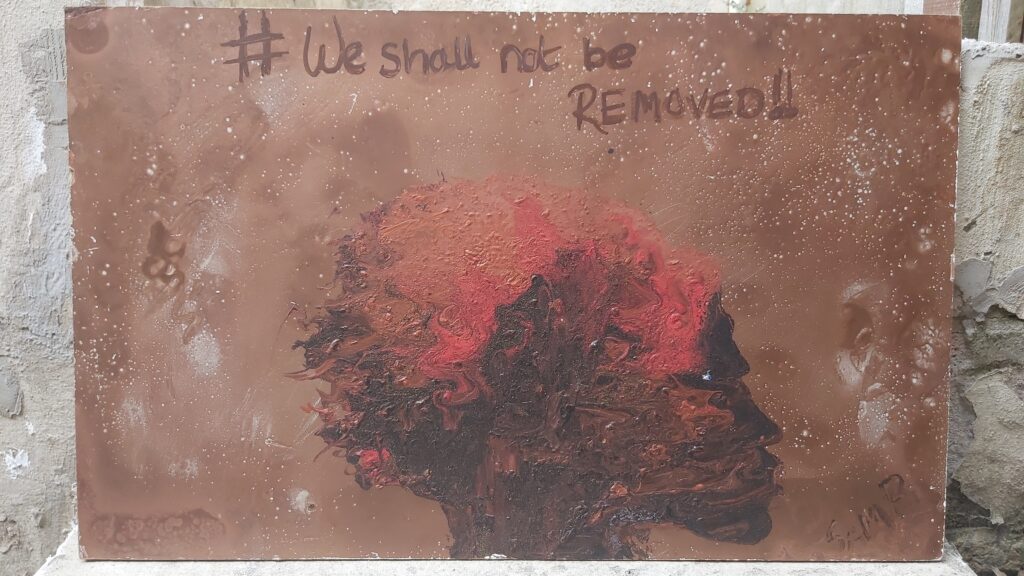
You are also exhibting work from the Theatre Design course at RWCMD, how did they come to be involved?
Actually, we are exhibiting work of emerging designers from 4 different courses across Wales –University of South Wales, Aberystwyth University, Coleg y Cymoedd, and RWMCD. We have some of the best training in the world for theatre designers in Wales, and many of the course have been industry leaders in the last year of finding ways to continue practical training and making work under all the COVID challenges, and I wanted to celebrate these amazing artistic incubators that contribute so much to Wale’s cultural life.
When I was offered the role of curator, part of it was a commission to design an installation to be part of the exhibition. Instead of which, I decided to showcase the work of these emerging artists working in Wales. The last year has particularly hit emerging theatre designers, who are often making less than minimum wage to begin with in addition to the emotional and mental stress that the industry places on those just starting out. And yet, there are a good number of designers who are working in Wales regularly with smaller fringe companies but are often overlooked by more established producers who go after London-based designers. So, I wanted to really bring some of these creatives to the forefront.
We are hoping that the general public gain a greater understanding of what designer’s do, with 4 of our designers offering more in depth looks into their process. It might also inspire some young people who have not considered theatre design to think of it as a possible career path or to pursue at university. There are so many opportunities developing now for those interested to get involved and for fresh voices to be developed, and I hope that this part of the exhibition plays some small role in encouraging people to become storytellers themselves.
You are an ex RWCMD student yourself what designers inspire you practice?
There are so many thst I find that really difficult to answer. Last summer I was on a podcast called Beyond the Lights and on listening back I realized I mostly just talked about other designers.

I’m definitely inspired by the work of Gary McCann and of the late Paul Brown, but also that of Sophie Jump, Vicki Mortimer, Stefano Poda, John MacFarlane, Colin Richmond, Leslie Travers, Luboš Hrůza, and so many others. I’m particularly interested in how different genres and disciplines intersect and can create new or more impactful audience experiences.
Get the Chance works to support a diverse range of members of the public to access cultural provision. Are you aware of any barriers that creatives in Wales face? If you are, what might be done to remove these barriers?
Specifically in theatre, I think there are three big barriers. One, at least as an emerging designer, is the list of skills that you need to even get someone to look out the window – let alone get your foot in the door – is immense and basically only acquirable through doing a good university degree, which are often competitive entry. However, courses like RWCMD are eager to have a greater range of voices on their courses, but really struggle in connecting with young people who might consider that a career. So the whole industry has to do the work directly and support degree courses in planting the seeds early with people from all socio-economic backgrounds that encourages and inspires them to pursue theatre as a career.
Secondly, the performing arts industry is almost exclusively operated on a “who you know” basis, so there is a huge pressure on networking and continuously putting yourself out there despite a continuous stream of rejection (or in most cases unanswered inquiries). Adverts for roles as a theatre creative (whether designer, director, or choreographer) are few and far between, with theatre’s inviting artists to make work with them most of the time. So it becomes a very insular system with breaking in being a game of sheer luck. When I moved back to Wales in autumn of 2019 I reached out to almost every company I could find in Cardiff and the surrounding area, some of whom I had met previously or had mutual connections that encouraged me to introduce myself, and only 3 even returned my emails, and all of those responses were “thank you for your interest but we have the people we like to work with and have our next three seasons already planned out”. I can’t think of any other industry like that.
And finally, there is a real barrier to establishing yourself in this career, which is now at least being discussed more widely thanks to platforms like Scene Change, but still in nowhere near as honest or dynamic terms as it needs to be addressed.

Most emerging theatre designers are working obscene hours – sometimes 60- or 80-hour weeks – making far less than minimum wage trying to make it all work and often getting almost no credit for their contributions to productions or projects. It is absolutely emotionally, mentally, and financially draining. Many of the people I would have said would be the greatest designers of my generation have already left the industry – people whose work was so beautiful that it would catch my breath and leave me speechless in brilliance far beyond their experiences – they have moved onto other brilliant careers, and that is terribly sad. The industry really is overdue a reckoning about career development and paying people a living wage at all levels.
With the roll out of the Covid-19 vacancies, the arts sector is hopeful audiences will return to venues and theatres. If theatres want to attract audiences what do you think they should do?
Venues and producers really need to consider and actively listen to their audiences. They need to find authentic voices and ways of connecting with those who they want to attend the work and ask themselves how they can better serve the communities that surround them, whether that is a small local organisation or one with a national pull. Far too often decision makers think they know what audiences want or engage projects which are only superficially giving voice but at the heart are quite hollow or ego driven by an artist. Why this story? Why now? And why is this person (or group of people) telling it?
And a big soap box of mine is don’t just ask global majority artists to work on or tell stories that are uniquely theirs. Engage artists and ask them what stories they want to tell and support them in doing so!
If you were able to fund an area of the arts in Wales what would this be and why?
It would definitely be smaller companies that are doing really dynamic work both in engaging young people and new audiences and those taking chances on new creatives! There are some really wonderful people working hard to produce work on tiny budgets and what they could do with more funding would really be industry shifting.
What excites you about the arts in Wales?
The shear breadth of quality work that happens across Wales. But also I look around and see so much potential – there are so many places, building, and institutions that are ripe for a renaissance of sorts and I hope that potential really blossoms into an even more dynamic and flourishing global arts scene.
What was the last really great thing that you experienced that you would like to share with our readers?
I got to sit in on a dress rehearsal of the RWCMD puppetry performances inspired by the Artes Mundi artists – there were some absolutely inspiring moments ranging from reflectively poetic to slapstick style comedy – the creativity and dedication of the first year designers never ceases to amaze me!
